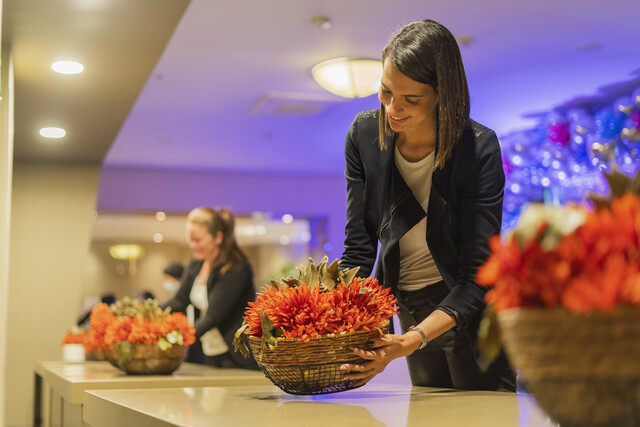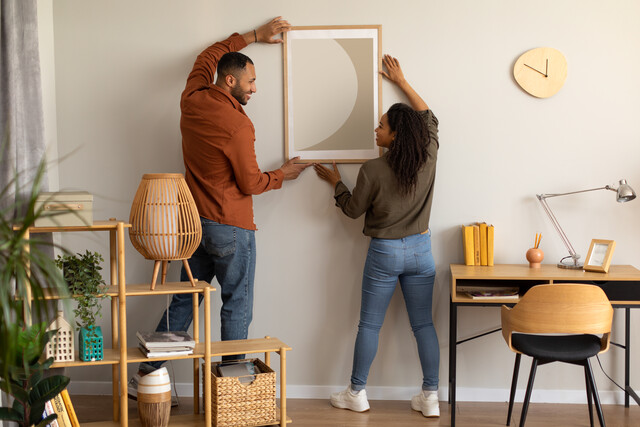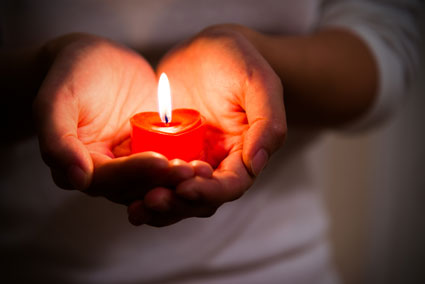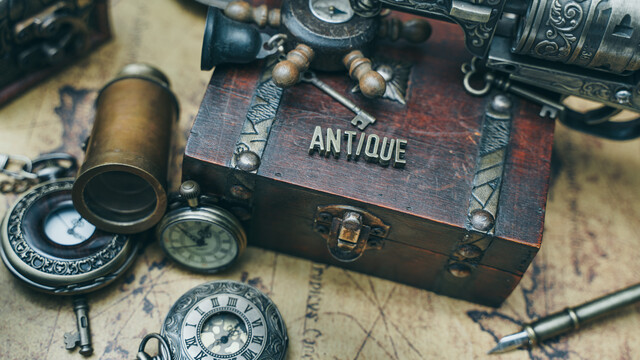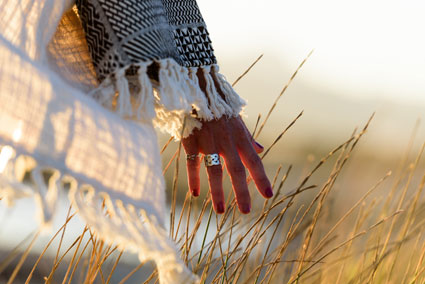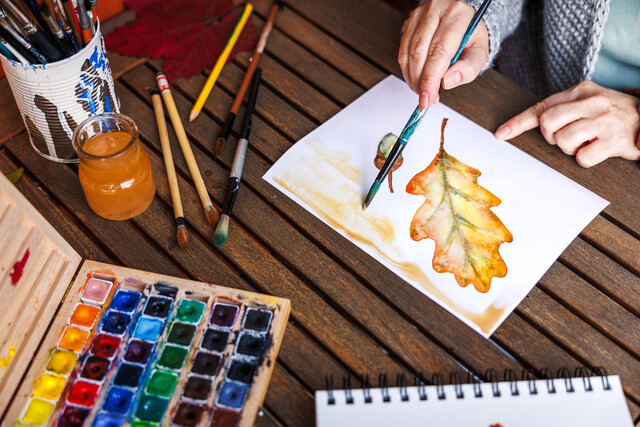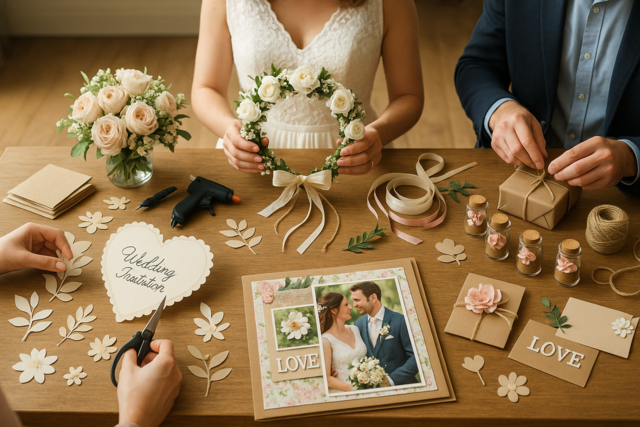Knitting. Stitch and Bitch, Knitty Gritty - it is all around you. Isn't it time you learned this time honored craft and useful hobby?
Knitting, as a household task, has been traced back to 1100 AD where archeologists found remnants of socks. Who knew that Egyptians wore socks? I thought they only wore sandals and only those if they were wealthy.
Evidently socks or stockings became a household necessity and creating them by knitting was the easiest way to get a good fit. The Tudors wore hand knit caps and King Henry the VIII made hand knit silk stockings, imported from Spain, a fashion staple. Meanwhile in Paris in 1525, men formed one of the first worker's unions for hand knitters.
Knitting by machine first appeared during this same period. The spread of fashion of the silk stockings and the basic needs of people to keep warm helped to fuel the popularity of knitting. By the 1850's, knitting machines were common place and apprenticing in such a factory, was considered honorable employment.
Tools of the Trade
The main tool of knitting, the needle, was said to have it's origins in Arabia. The first needles were made of copper and looked more like hooks than needles. In other locations around the world, knitting needles have been found constructed from wood, ivory, bone, bamboo, amber and iron as well. They are also known as woods, skewers or wires depending where in the world they are found.
Occasionally, a knitter in need has invented his or her own needles to give a desired result. This has resulted in some innovative tools such as the Loop and double ended, connected needles which allow the knitter to just use one type of stitch - "knit" making it faster to knit sweaters.
Knitting needles have also been referred to as woods, skewers or wires. The invention of the smooth pointed needle is likely European. Today, they are available in metal, wood or plastic. The type that you select will depend on how they "feel" in your hands. Some prefer plastic because they are "quiet", other prefer wood because with use, they seem to become part of your hand and are softer and lighter for the most part.
Yarn Talk
Knitting can be accomplished with any yarn . Loosely defined, yarn is "A continuous strand of twisted threads of natural or synthetic material, such as wool or nylon, used in weaving or knitting" according the American Heritage Dictionary. 1
Yarns come in many weights, generally packaged in a skein - the factory form of the yarn. A pull skein allows the knitter to gently pull the loose end and feed her knitting. A long loose, coiled, length of yarn is considered a hank. A hank is usually found in a specialty shop and is the result of hand spun yarn. Many knitters will wind a skein, or a hank, into a ball to prevent the yarn from tangling. The terms ball or skein are generally used interchangeably. It is not required that you roll your skein into a ball. It is a matter of personal choice. I prefer to wind my yarns into a ball because the manner in which the work with the place that I am most likely to sit and knit, prevents them from tangling. Most hanks are more easily handled as a wound ball.
Yarns come in different plies. A ply is the number of "strands twisted together to make yarn, rope, or thread. Often used in combination: three-ply cord." This is also referred to as thickness. The Yarn Standards Council of America has developed an easy to read designation of yarn from 1-6. As shown by the symbols below, the smaller number indicates a thinner fiber (1) and a larger number indicates a thicker fiber.
All About Gauge
Gauge is the secret tool to achieving great results with your knitting. Gauge is determined by yarn weight, needle size and the tension of the knitter (you!). Gauge is tested by knitting a 4" x 4" sample of the yarn on a particular needle size. The results of the sample tell you how you personally knit with that particular type of yarn. Gauge is extremely important for a fitted piece (sweater, socks, mittens) and relatively unimportant for a "free form" piece (purse, scarves, table runners). Most patterns require that you to follow the gauge for good results.
Gauge can be adjusted. You will find after you get the hang of knitting, that you are either a "tight" knitter or a "loose knitter". Tight knitters will need a larger needle size to achieve the same gauge that is presented in a pattern. Loose knitters will require a smaller needle to achieve the proper gauge.
It is strongly suggested that you begin each new knitting project by knitting a 4" x 4" sample square with the yarn you have selected for your project. The yarn wrapper will suggest a needle size in both metric and US sizes . This size can be found at the ends of your needle. This needle size, in combination with this particular yarn will yield a "standard" gauge for that yarn (see picture below).
In the example above, use size 7 needles and cast on 20 stitches. Knit for 26 rows and then stop. Lay the sample on a surface alongside ruler. Count the stitches and rows you have achieved in a 4" square. If you are knitting to the gauge of this particular yarn, your piece should be exactly 4" x 4".
If you have MORE stitches per inch than the 4 x 4 sample gauge indicated on the yarns wrapper, and you have used the needle size suggested, you will need to INCREASE your needle size and do another sample.
If you have FEWER stitches per inch than the wrapper says and you have used the needle size suggested, you will need to DECREASE your needle size and do another sample.
Thicker yarns mean larger needles.
Gauge is determined by three things: needle size, yarn weight and the tightness of your knitting.
Knitting Bling
Point guards & needle cases for storage are used for protection when the needles are not in use. Knitting needles in the 2000's have rounded ends to prevent poking, but are still sharp enough to be considered dangerous if improperly handled.
Knitting Bags - these have become all the rage. Large enough to allow you to carry your work with you for those long boring waits at the oil changing station, doctors appointments or long road trips, in which you are not driving and cute enough to be considered a purse !
Markers - little round plastic loops to mark your location in a pattern. You can make your own by tying a contrasting color of yarn at the location where you are told to place the marker. As you improve in your ability to follow a pattern, you will probably work without them.
Patterns
Patterns in knitting are the same as in sewing. They are instructions (and graphs) to assist you with garment construction or in creating a design with several colors in your knitted work. YarnStandards.com (the website of the Craft Yarn Council of America) has developed a grading system for knitters. The technical difficulty of a pattern is determined by its universal symbol as follows:
A Love letter for Lefties:
Since all patterns are written from the perspective of Righties you will save yourself a ton of aggravation if you learn to "knit" right handed. This is NOT the same as forcing yourself to play golf or tennis as a Righty. You will find that you are able to easily adapt your left handed abilities to knitting. Righties will have a purl as their "weaker" stitch. This same stitch will be the Lefties "strong" stitch. (This will become clearer later on.)
Knit Talk
- "
- inch(es)
- ( )
- work instructions between parentheses, in the place directed
- [ ]
- work instructions between brackets, as many times as directed
- *
- repeat instructions following the single asterisk as directed
- * *
- repeat instructions between asterisks, as directed
- alt
- alternate
- approx
- approximately
- beg
- begin(ning)
- bet
- between
- BO
- bind off
It is recommended that you borrow or purchase needles in US size 9 (or the recommended size according to your yarn choice) along with a medium weight (4) yarn. This will be easiest to handle while you learn. The first video will demonstrate how to determine the needle size appropriate for your yarn selection.
All craft and hobby stores now carry a large selection of yarns and needles. Visit one to familiarize yourself with the selection. Later, when you become a better knitter, you will want to spend more for your materials and I strong urge that you find a small, independent store to support your habit. Often staffed by expert knitters, you will be able to advance your knowledge with their experience!
Getting Started
For your first piece we are going to make a sampler of sorts. I urge you not to go and buy the most expensive yarn on the self-that can come later.
Instead find an affordable skein of worsted weight yarn and a pair of needles. Select the needle size that matches that recommended by the yarn manufacturer for that particular yarn, which we'll cover in the demonstration video.
Okay, now it is time to get to the Knitty Gritty.
Slip Knot
Pick up your yarn.
Make a small slip knot.
Holding Your Needles
I believe every knitter holds his or her yarn differently. The key is to find a grip that is comfortable and allows you to handle the yarn too.
It make take a little while to learn which grip is best for you, so don't get frustrated. Knitting requires three active moving parts. Be patient with yourself and you'll reap the benefits later.
Demonstration #2: Getting Started
In the second video you will learn:
- How to create a slip knot;
- How to hold your needles; and
- How to hold your yarn.
You are now ready to Cast On.
TRY IT: Practice makes perfect! Try creating a slip knot at least 5 - 10 times. The slip knot is the very first stitch of your work. A project that starts well can end well. You can do it!
Everything that you knit will begin with the casting on of stitches. Whether you choose later to use a machine, a loom or continue with traditional needles, you will always need to begin with casting on.
Simple Method
There are several techniques for casting on. I was taught, by my grandmother who probably knit over 500 pairs of mittens in her life time - most given away to charity at the church or as treasured gifts to her children and grandchildren. This method of casting on, I feel, is the easiest. Let's just get you comfortable, first.
Place the slip knot over the end of one of your needles.
Tighten to fit the needle so that it moves easily but is not hanging.
Note a "tail" and that the other end of the yarn is connected to your skein or ball (this is called the "working strand" during the rest of the section).
Put the needle in your right hand. With the working strand in your left hand, simply loop over the needle and pull snug to the needle. This creates the second of your 'cast on' stitches.
Continue until you have achieved the desired number of stitches.
Long Tail Cast On Method
The Long Tail Cast On is used frequently in knitting projects. You need to pull at least 2.5 - 3 times the yard needed for the width of your project. As an alternative you can use the technique demonstrated to estimate the amount of yarn needed before creating your slip knot.
Place the slip knot over the end of one of your needles. With your needle in your right hand and your yarn in the left hand, the slip knot should rest towards the end of your needle.
Using your left hand, insert your index finger and thumb between the yarn tails. The yarn tails should rest in your palm secured by your other fingers.
Rotate your fingers up toward the ceiling. This will cause the yarn tails to wrap around your fingers.
Insert the tip of the needle under the front thumb loop.
The needle will go underneath and glide across your hand.
Take the needle over and under the yarn wrapped around your index finger.
You will now have the yarn across the front of your needle. Pull the needle and yarn through the opening created by the yarn wrapped around your thumb.
Pull the stitch close to the needle.
You have casted on a new stitch on your needle. Repeat the steps to cast on the desired number of stitches.
Demonstration #3: Casting On
In this third video you will learn:
- How to cast on using the Simple Cast On (also called "e cast on");
- How to cast on using the Long Tail Cast On;
- How to estimate the amount of yarn needed to use the long tail cast on method; and
- How to cast on 20 stitches using the long tail cast on.
TASK: Now is a great time to practice what you've learned. Watch the video demonstration and practice both methods of casting on. Move on once you feel comfortable with casting on at least 20 stitches.


